Описание
Stainless steel stub ends are components used in piping systems for various applications, particularly in industries where corrosion resistance and hygiene are critical, such as food and beverage, pharmaceuticals, and chemical processing.
Here are key features and details about stainless steel stub ends:
1. Purpose:
- Connection: Stub ends are used to connect pipes of different materials or sizes, allowing for the proper alignment and joining of pipes.
- Butt Welding: Stub ends are typically used in conjunction with lap joint flanges and are butt-welded to the pipe.
2. Materials:
- Stainless Steel: Stub ends are commonly made from stainless steel due to its corrosion resistance, durability, and suitability for sanitary applications.
- Different Grades: Depending on the specific requirements of the application, different grades of stainless steel may be used (e.g., 304, 316).
3. Connection Type:
- Butt Weld Connection: Stainless steel stub ends are designed for butt welding to the pipe. The welding creates a strong and leak-resistant connection.
4. Lap Joint Flange Compatibility:
- Lap Joint Flanges: Stub ends are often used with lap joint flanges. The lap joint flange slides over the stub end and is then free to rotate, allowing for easy alignment during installation.
5. Size Range:
- Various Sizes: Stainless steel stub ends come in various sizes to accommodate different pipe diameters and system requirements.
6. Applications:
- Food and Beverage Industry: Used in piping systems for food and beverage processing to maintain hygienic conditions.
- Pharmaceuticals: Commonly employed in pharmaceutical manufacturing processes where corrosion resistance and cleanliness are crucial.
- Chemical Processing: Used in chemical processing plants due to the corrosion-resistant nature of stainless steel.
7. Surface Finish:
- Polished Finish: The surface of stainless steel stub ends may be polished to a smooth finish, facilitating easy cleaning and reducing the risk of contamination.
8. Corrosion Resistance:
- Corrosion-Resistant Coating: In some cases, stainless steel stub ends may have additional coatings or treatments for enhanced corrosion resistance, especially in aggressive environments.
9. Standards and Specifications:
- Compliance: Stub ends are manufactured to comply with industry standards and specifications, ensuring the quality and reliability of the connection.
10. Hygienic Design:
- Smooth Transitions: The design of stainless steel stub ends often includes smooth transitions to minimize areas where contaminants could accumulate.
Stainless steel stub ends play a vital role in creating secure and reliable connections in piping systems, particularly in industries where maintaining a clean and corrosion-resistant environment is crucial. Their compatibility with lap joint flanges and butt-welding processes makes them a practical choice for various applications.
The introduction of stub ends
Stainless steel stub ends are a type of pipe fitting used in piping systems to connect pipes of different diameters. They are made from high-quality stainless steel material, which provides excellent corrosion resistance, durability, and hygiene, making them suitable for various industries, including food processing, pharmaceuticals, and chemical processing.
Stainless steel stub ends typically consist of a short piece of pipe with one end having a plain or beveled surface and the other end having a flared or flanged surface. The plain end is designed to be welded to the pipe, while the flanged end is used to connect to a corresponding flange or lap joint flange.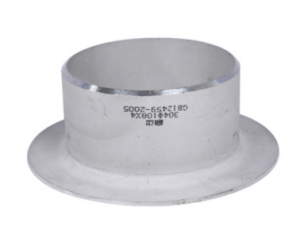
One of the main advantages of using stainless steel stub ends is their resistance to corrosion and high temperatures, making them ideal for demanding and critical applications. They also offer ease of disassembly and alignment, allowing for frequent maintenance or changes in the piping system.
Stainless steel stub ends come in various grades, sizes, and thicknesses to meet specific requirements. They are widely used in industries that demand a combination of strength, hygiene, and resistance to harsh environments, ensuring reliable and leak-proof connections in piping systems.

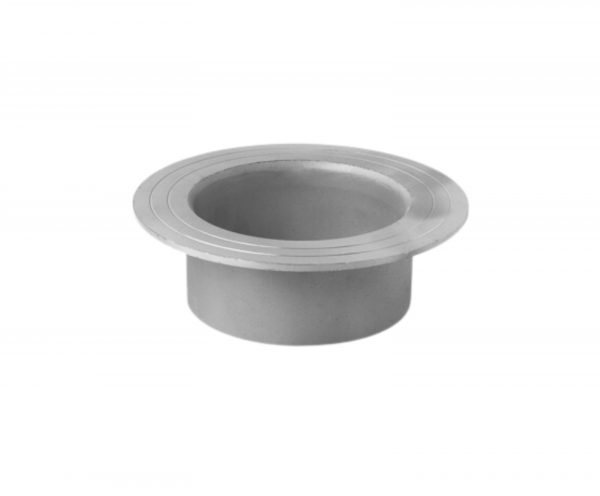
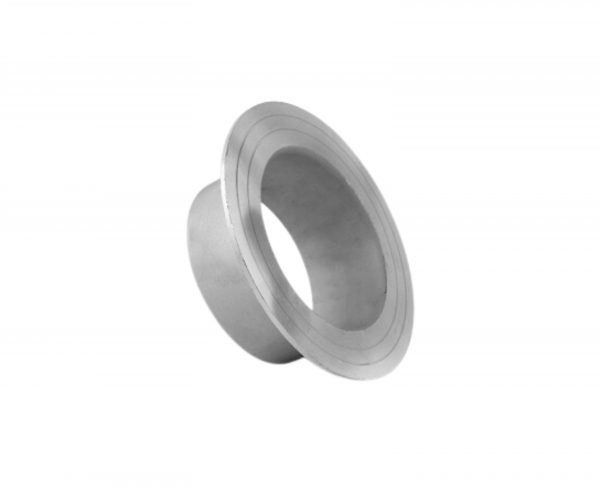
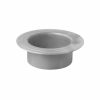
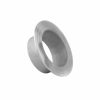
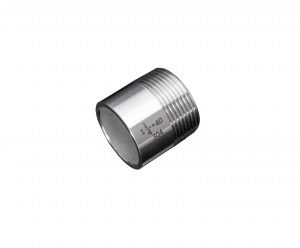
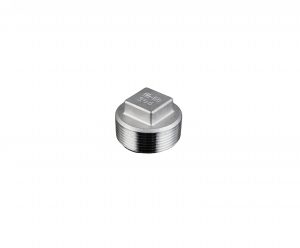
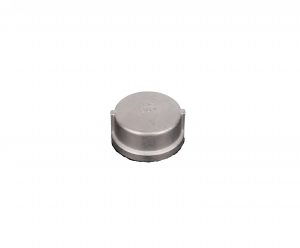
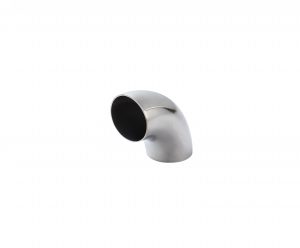
Отзывы
Отзывов пока нет.